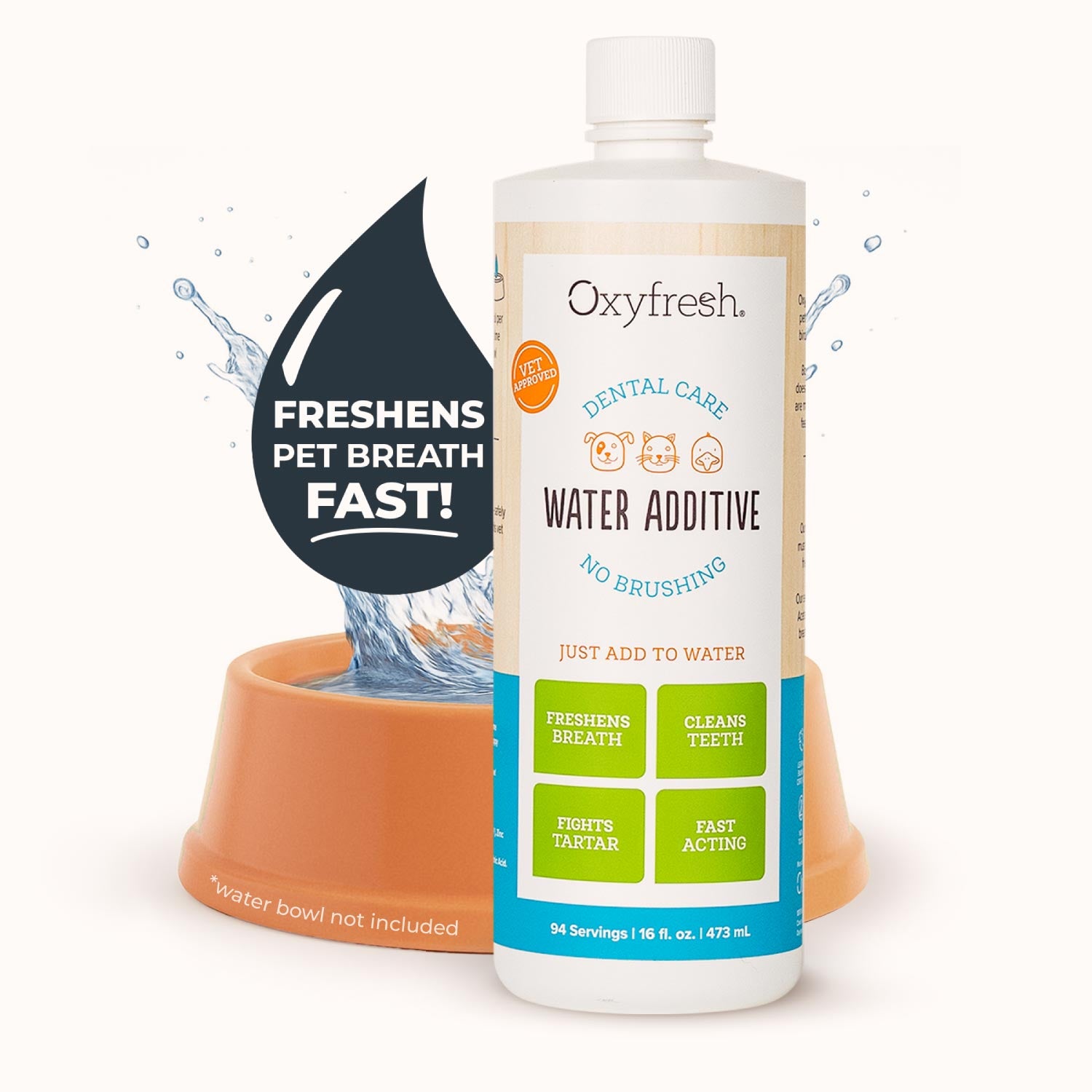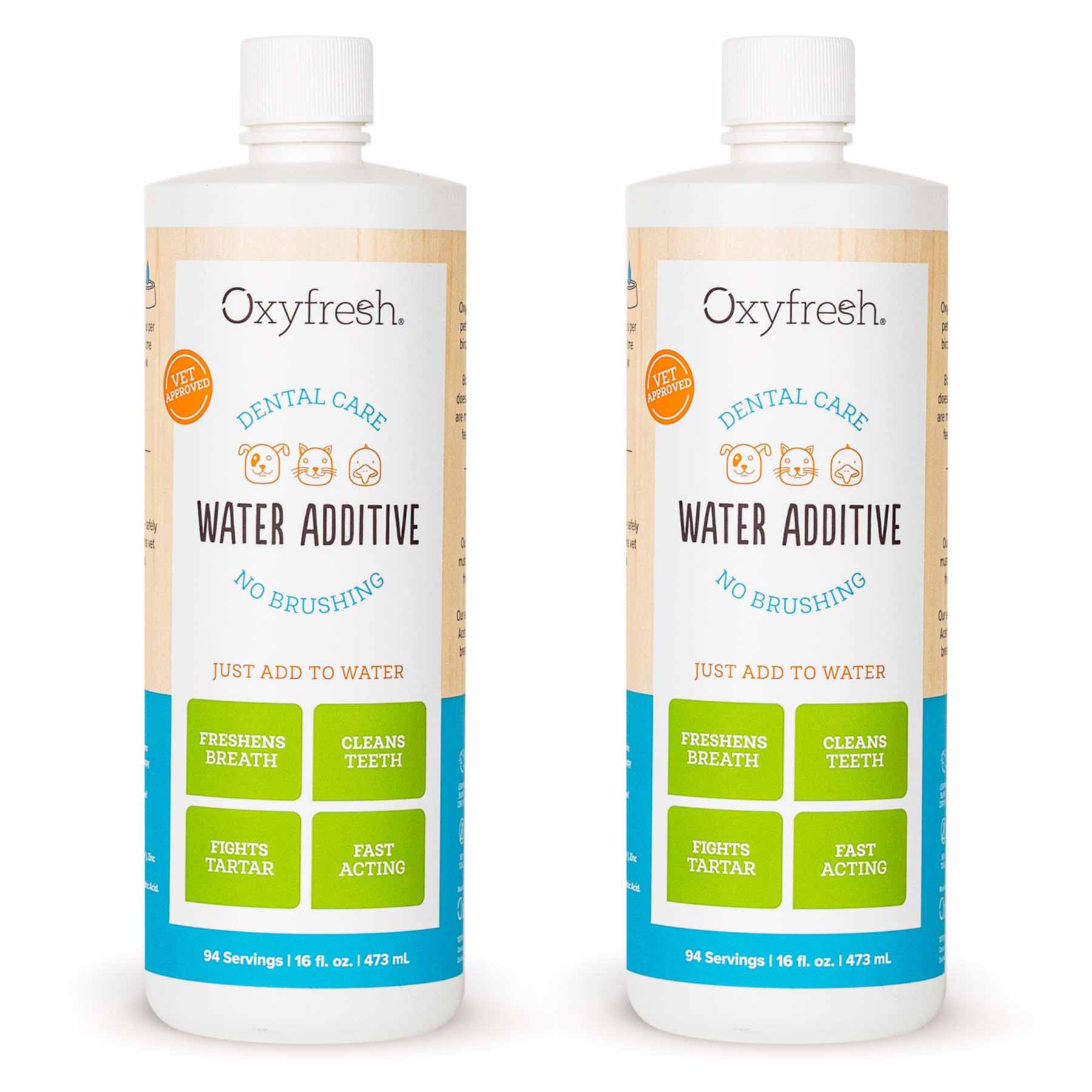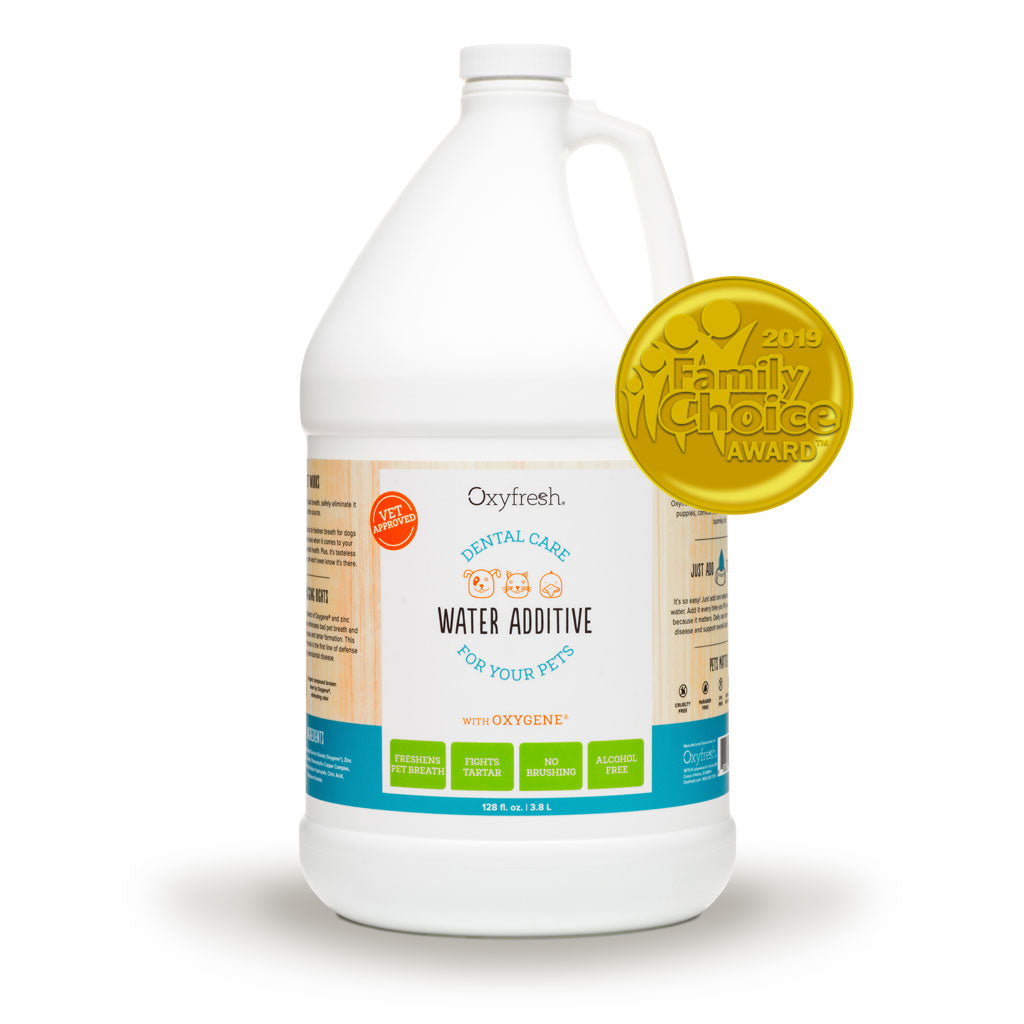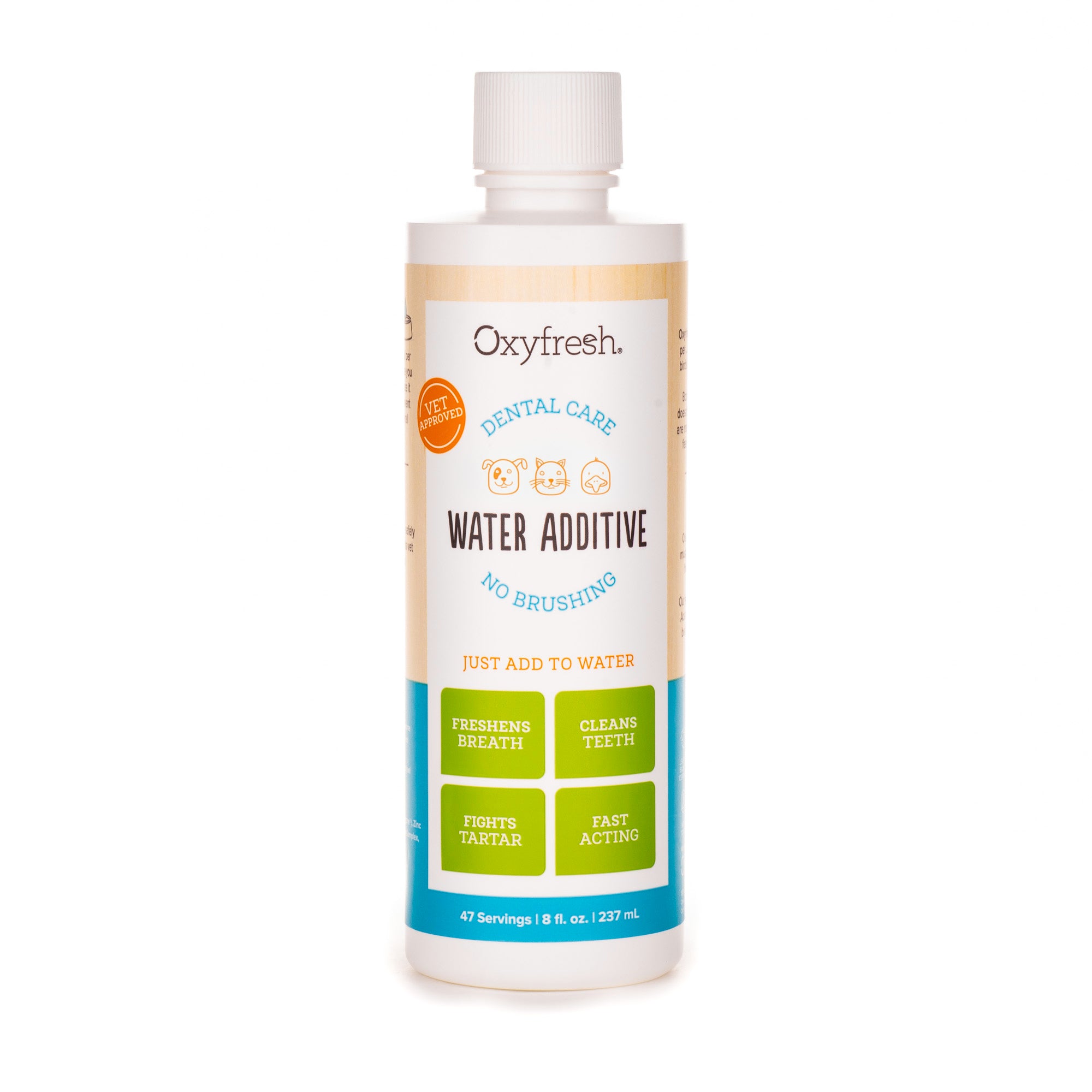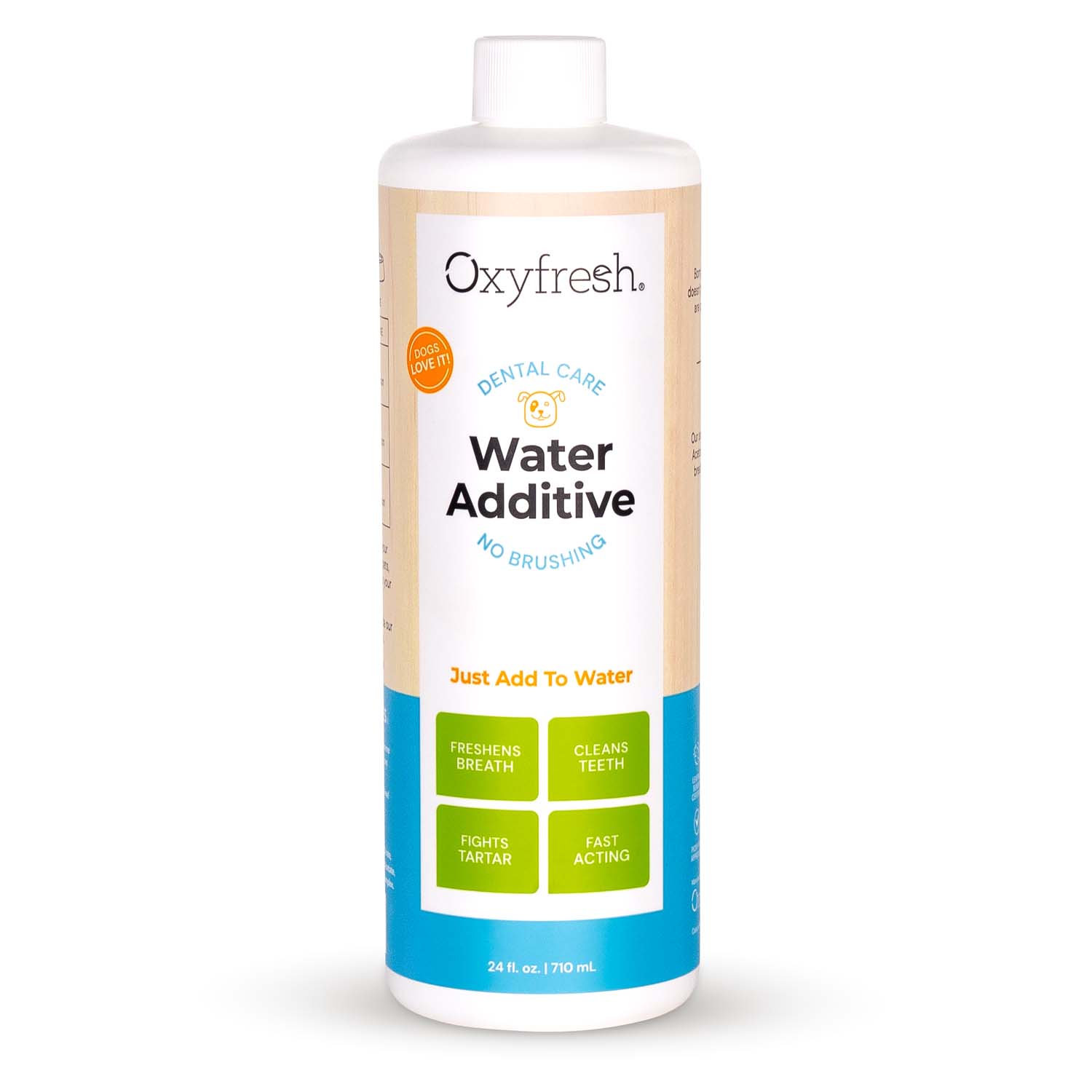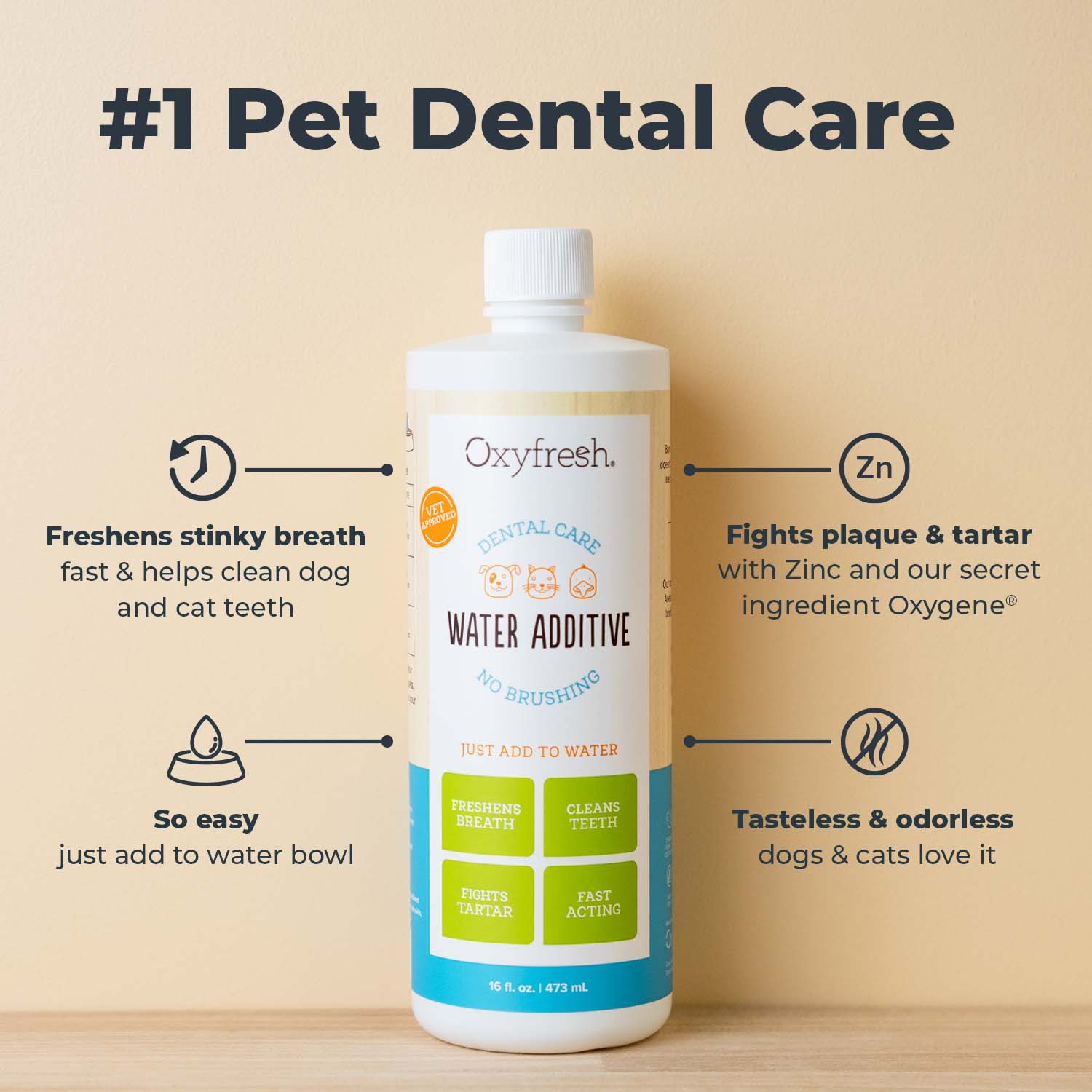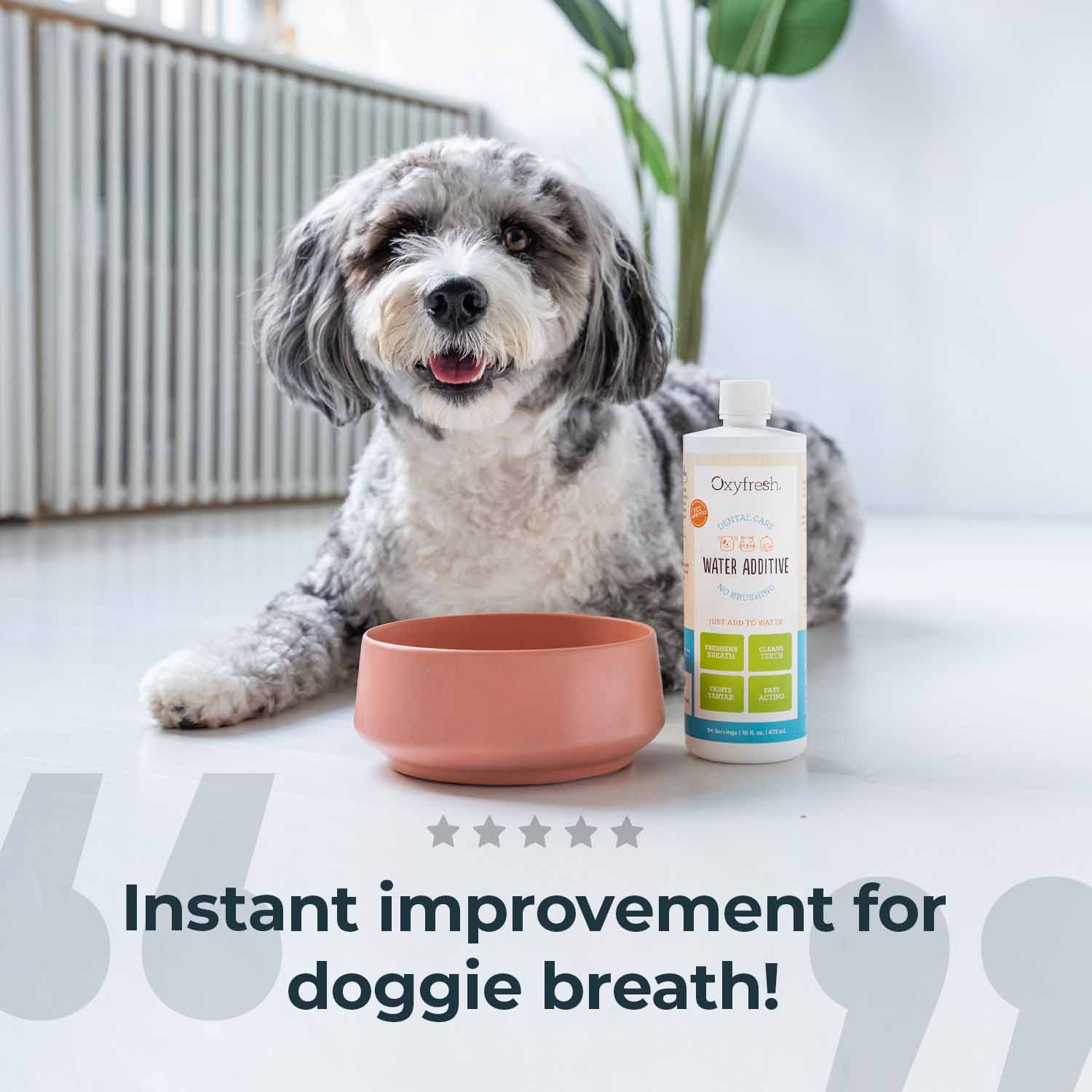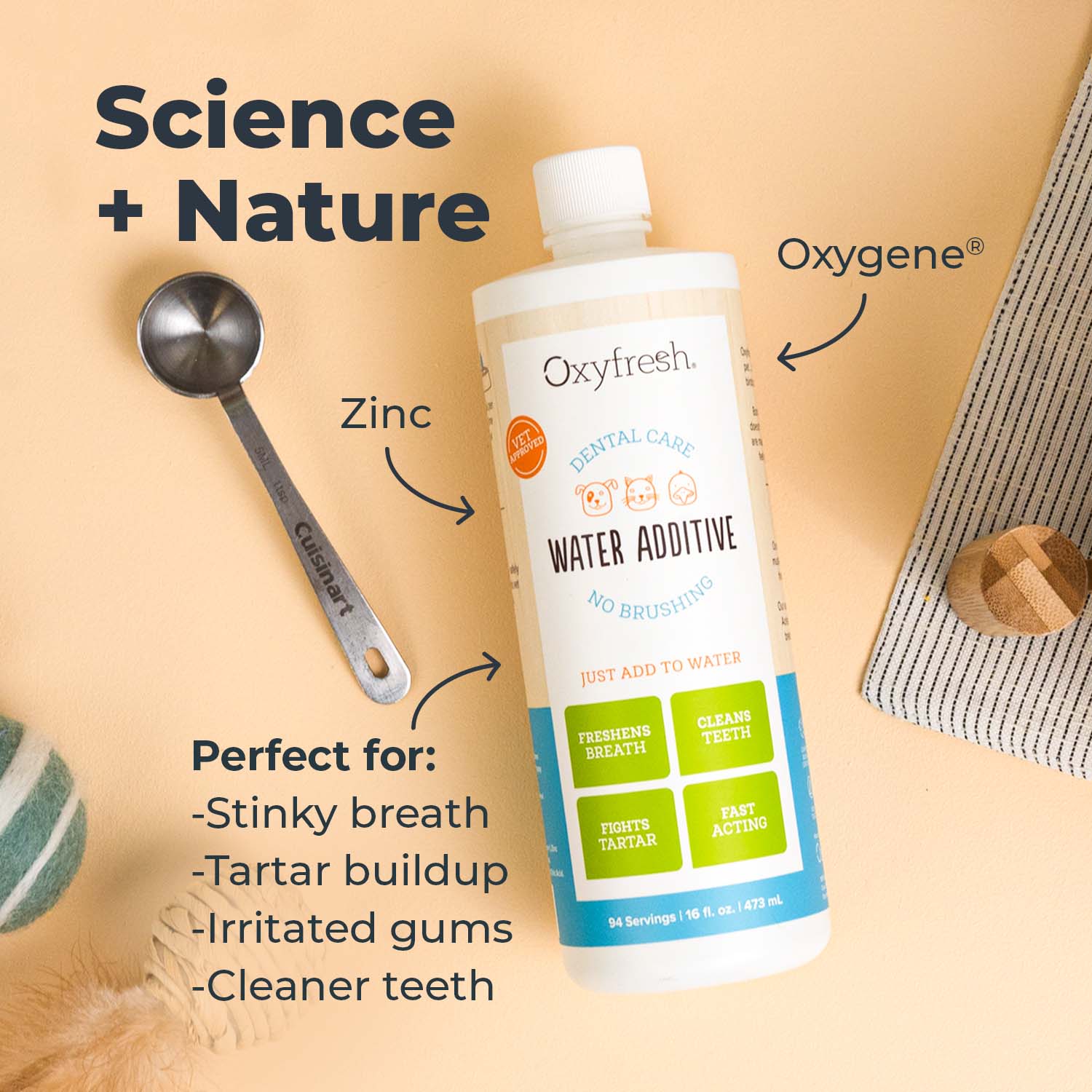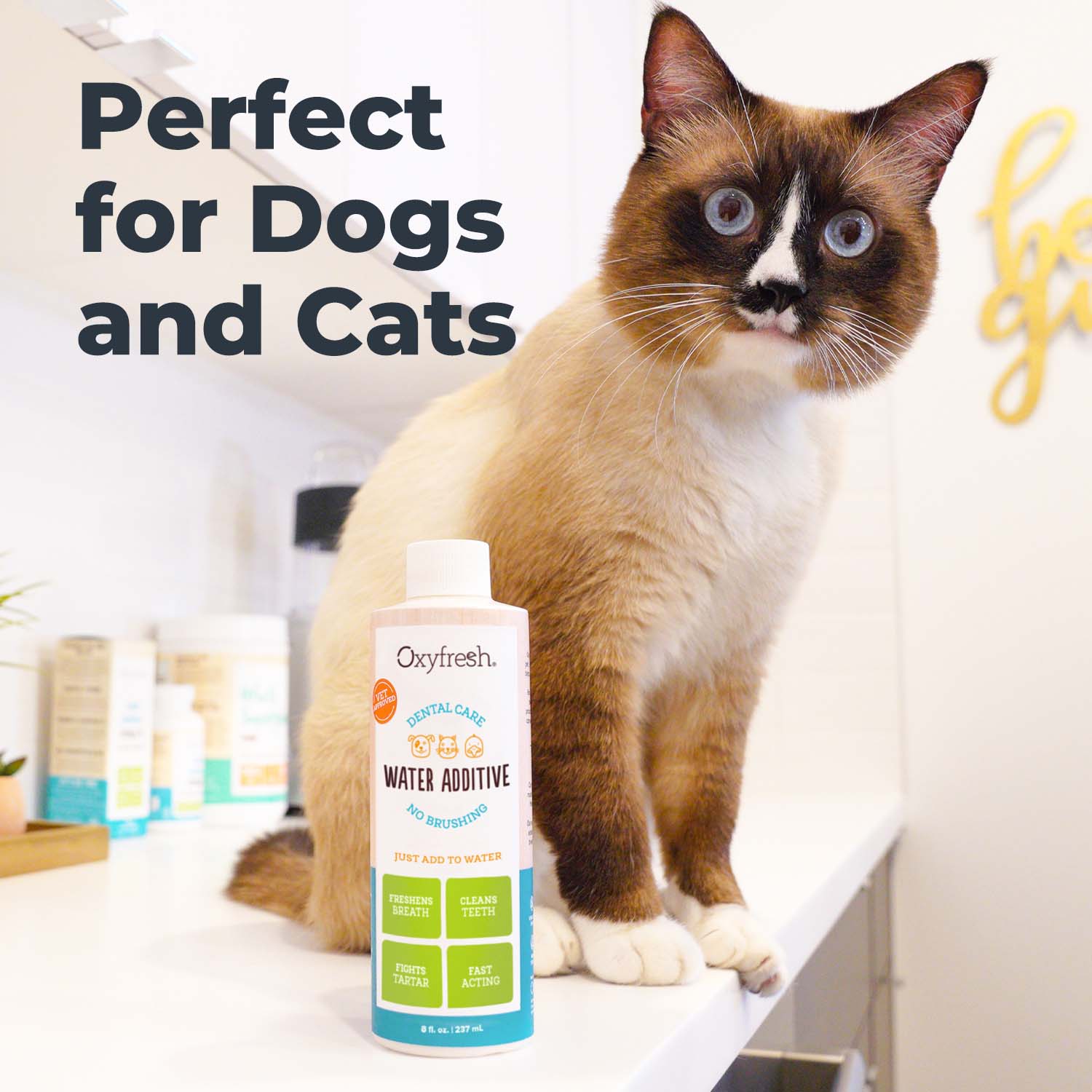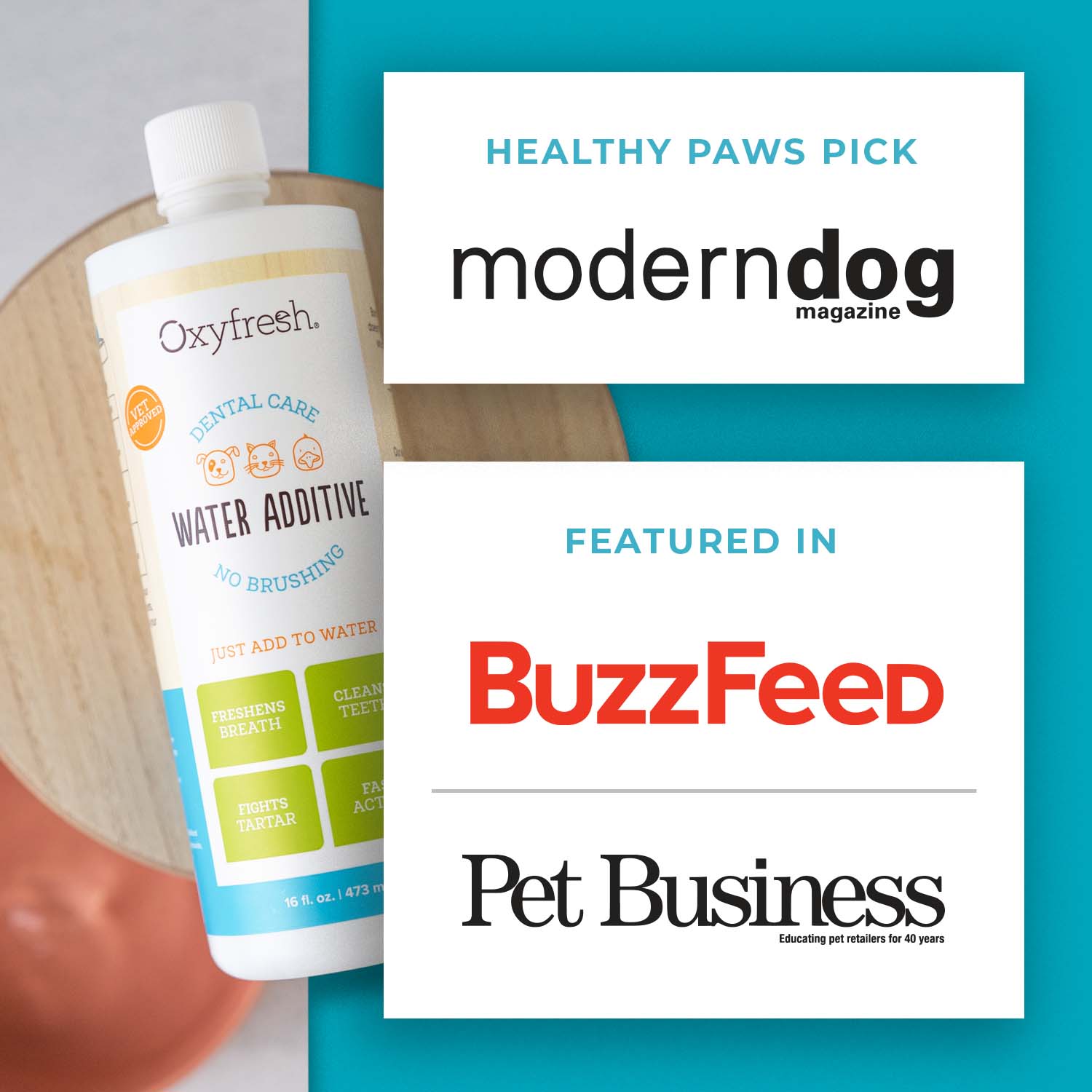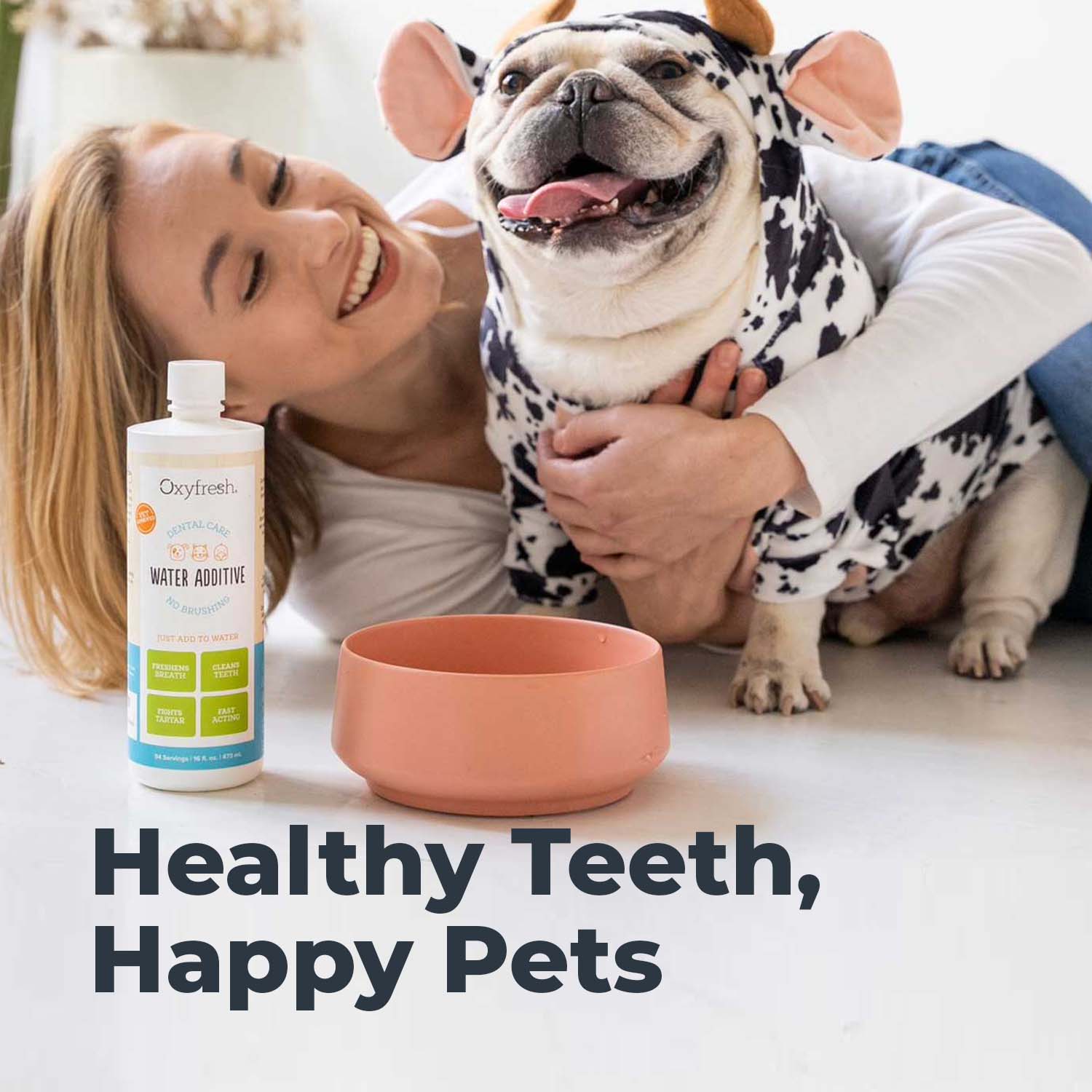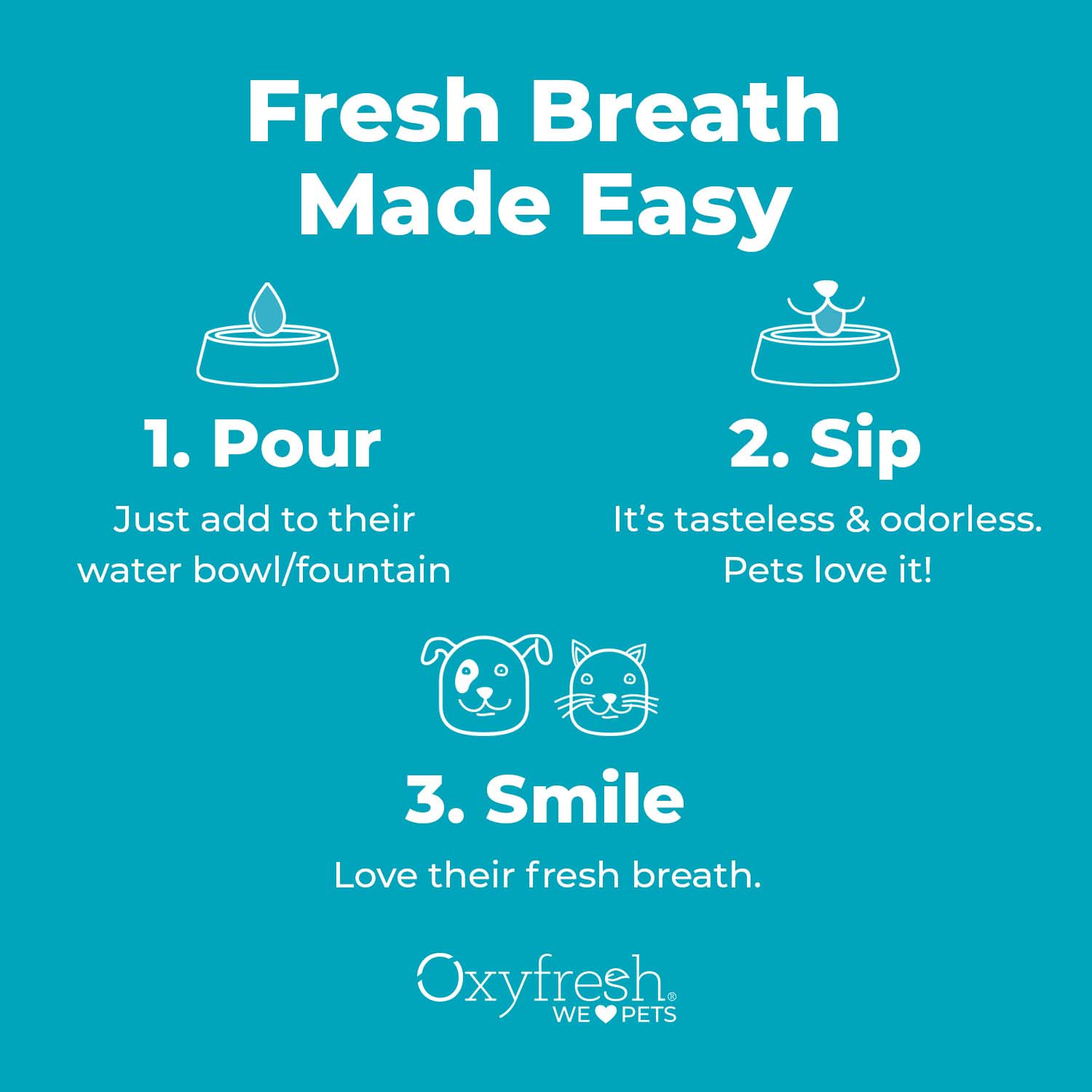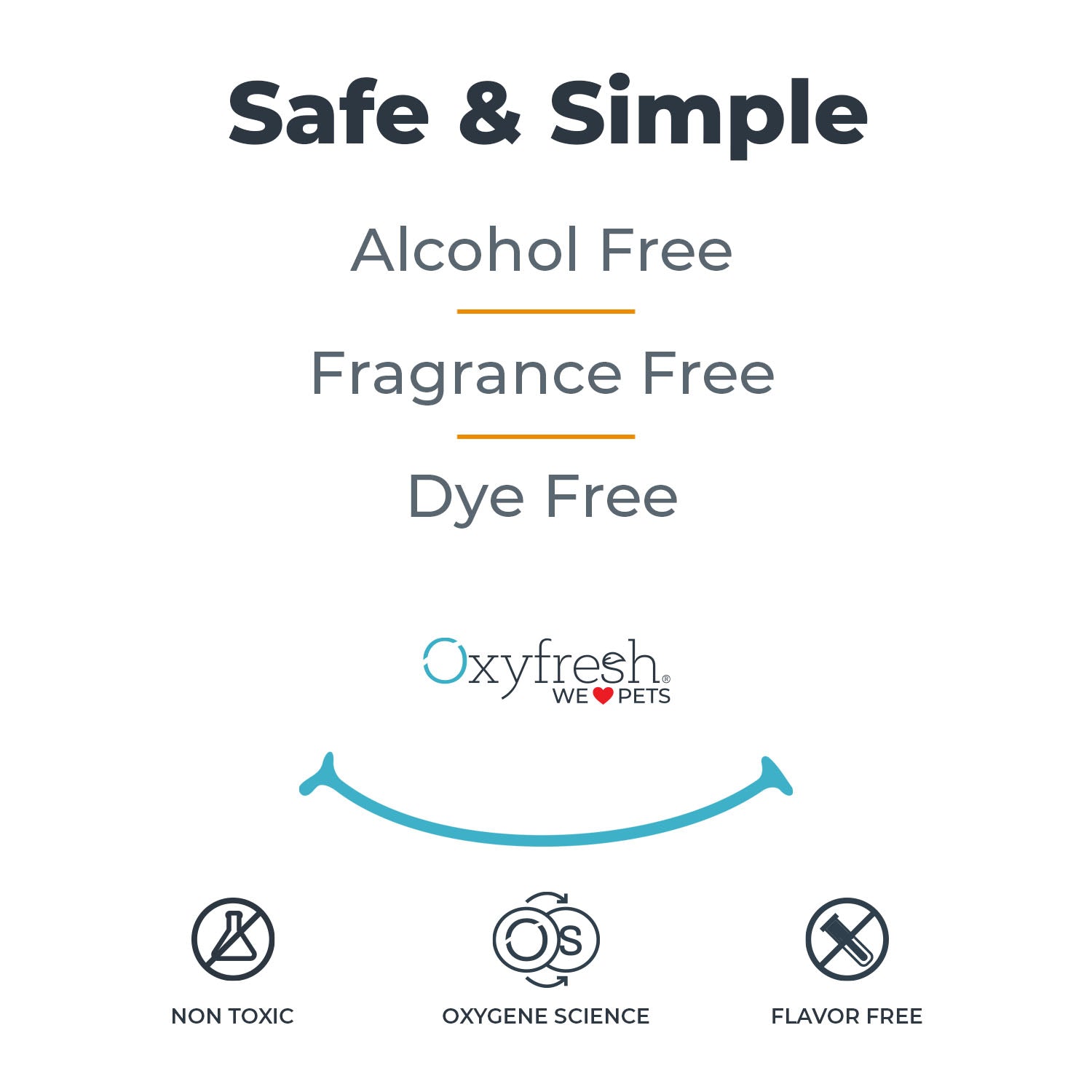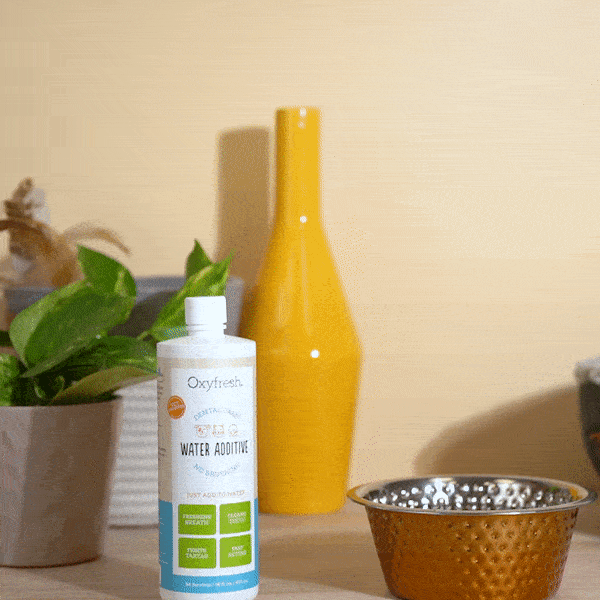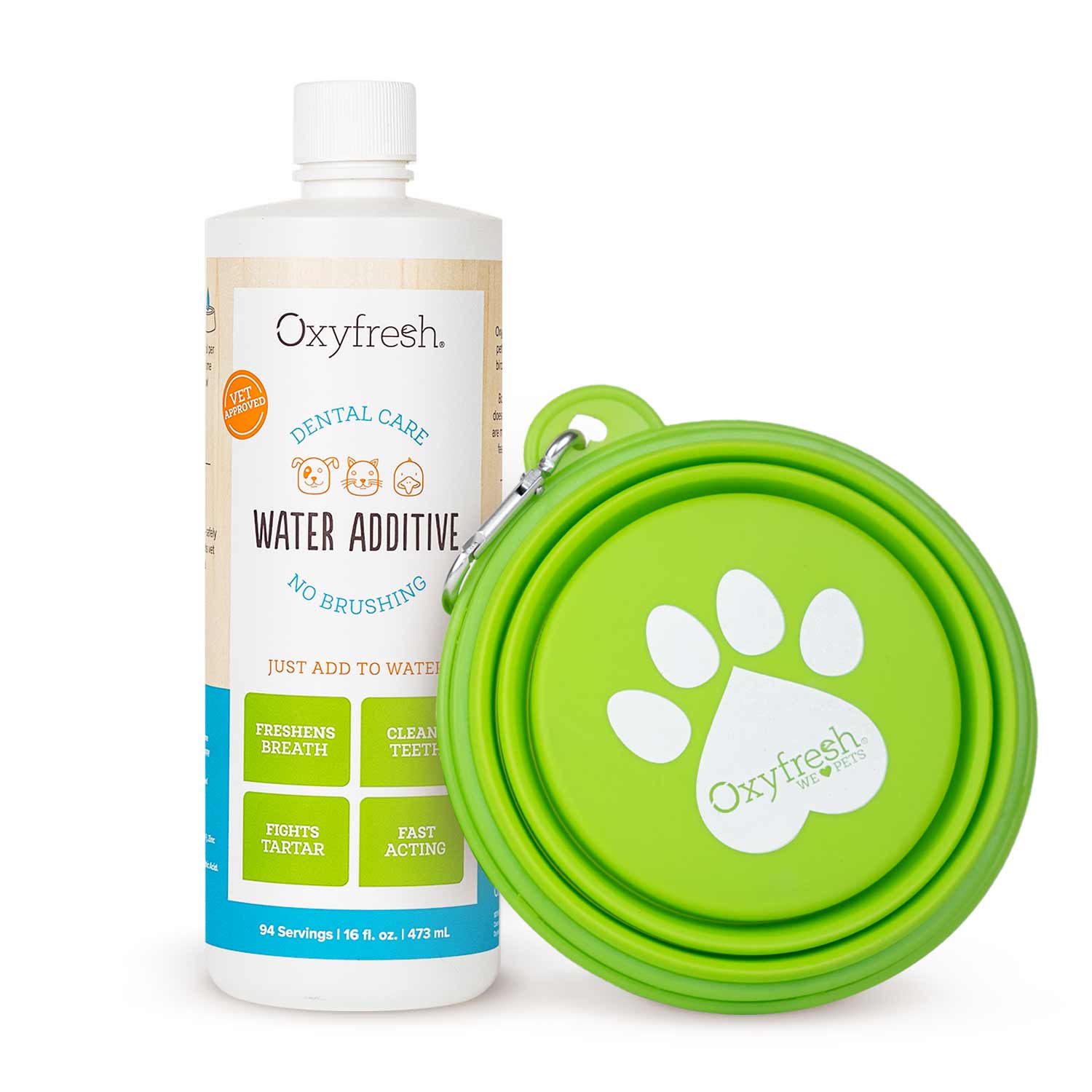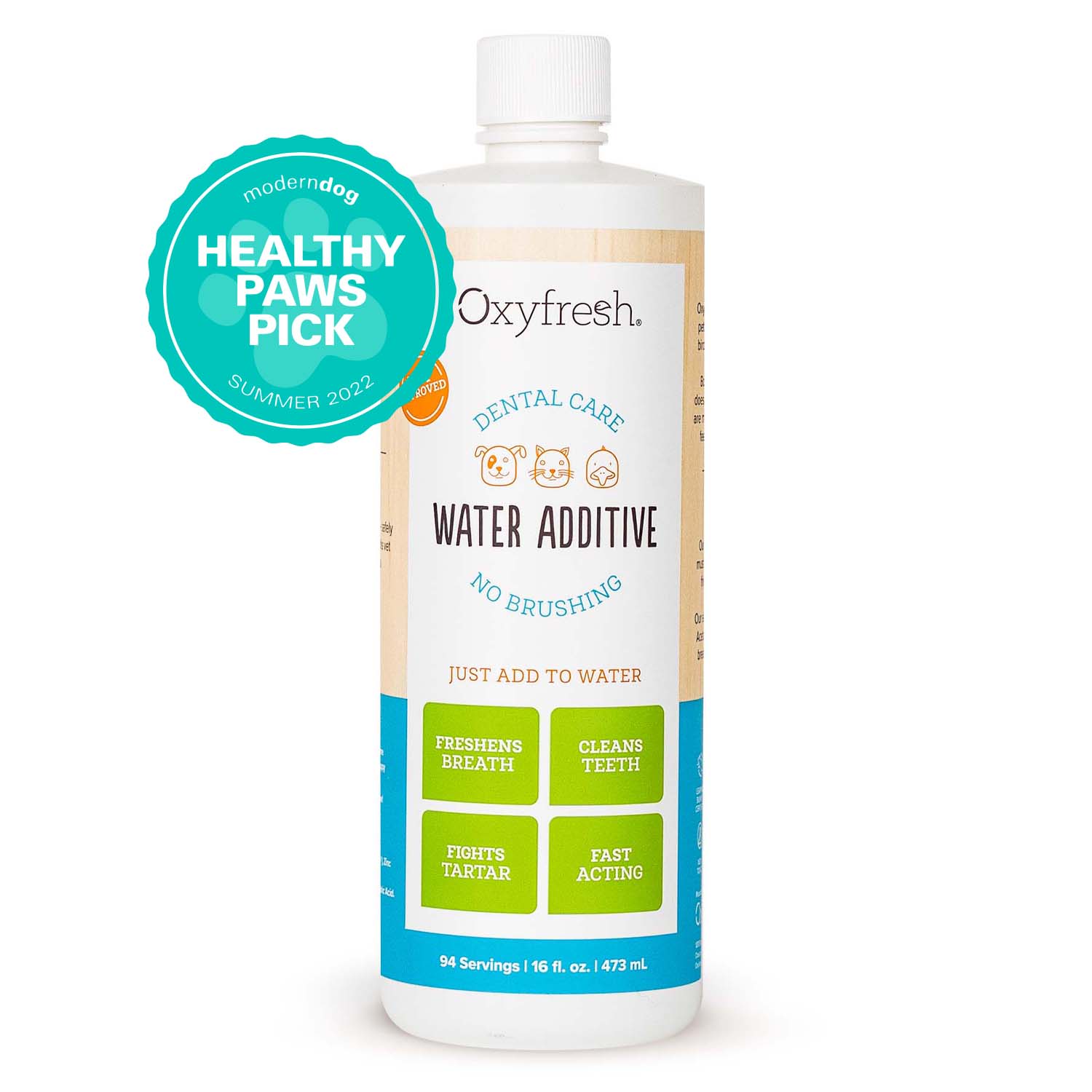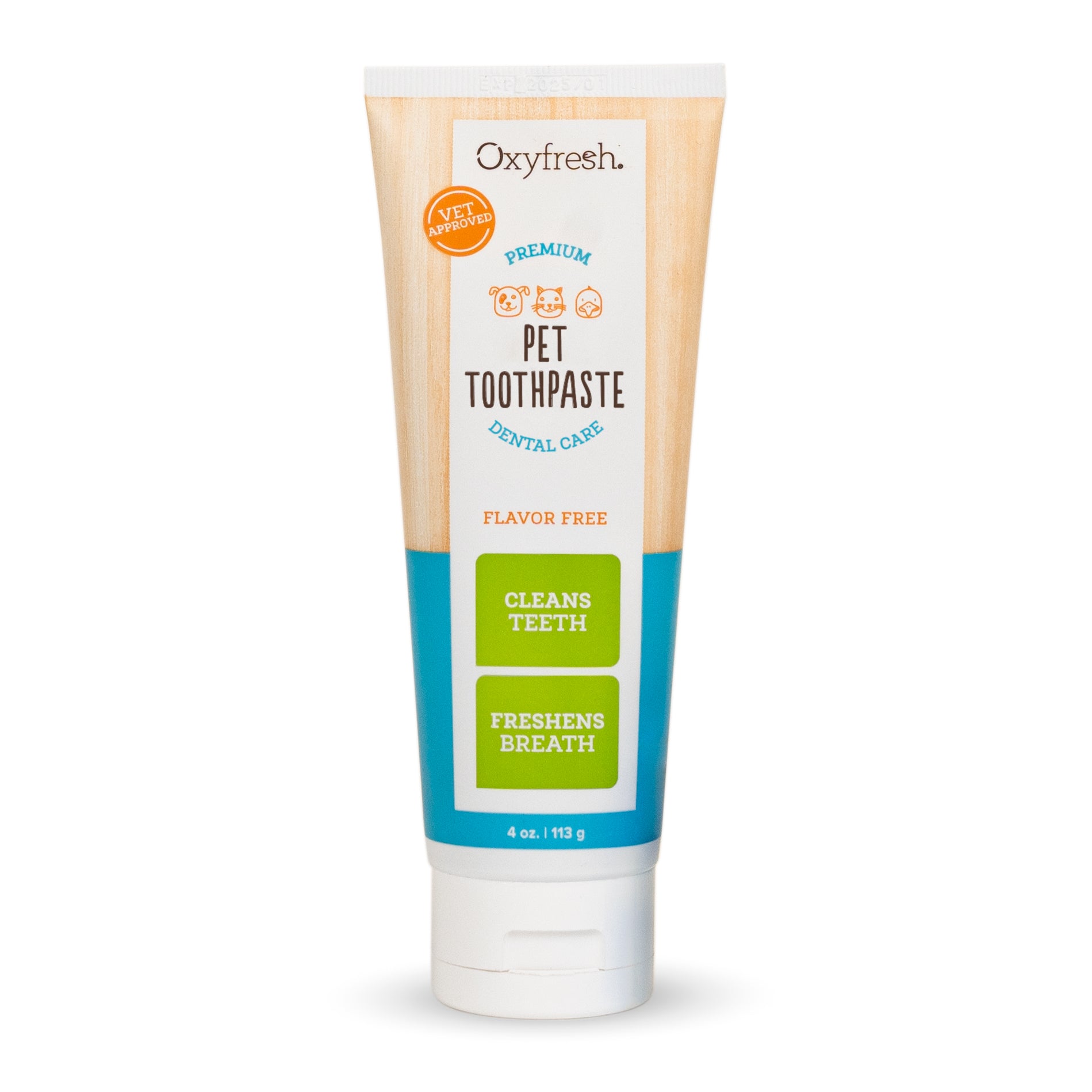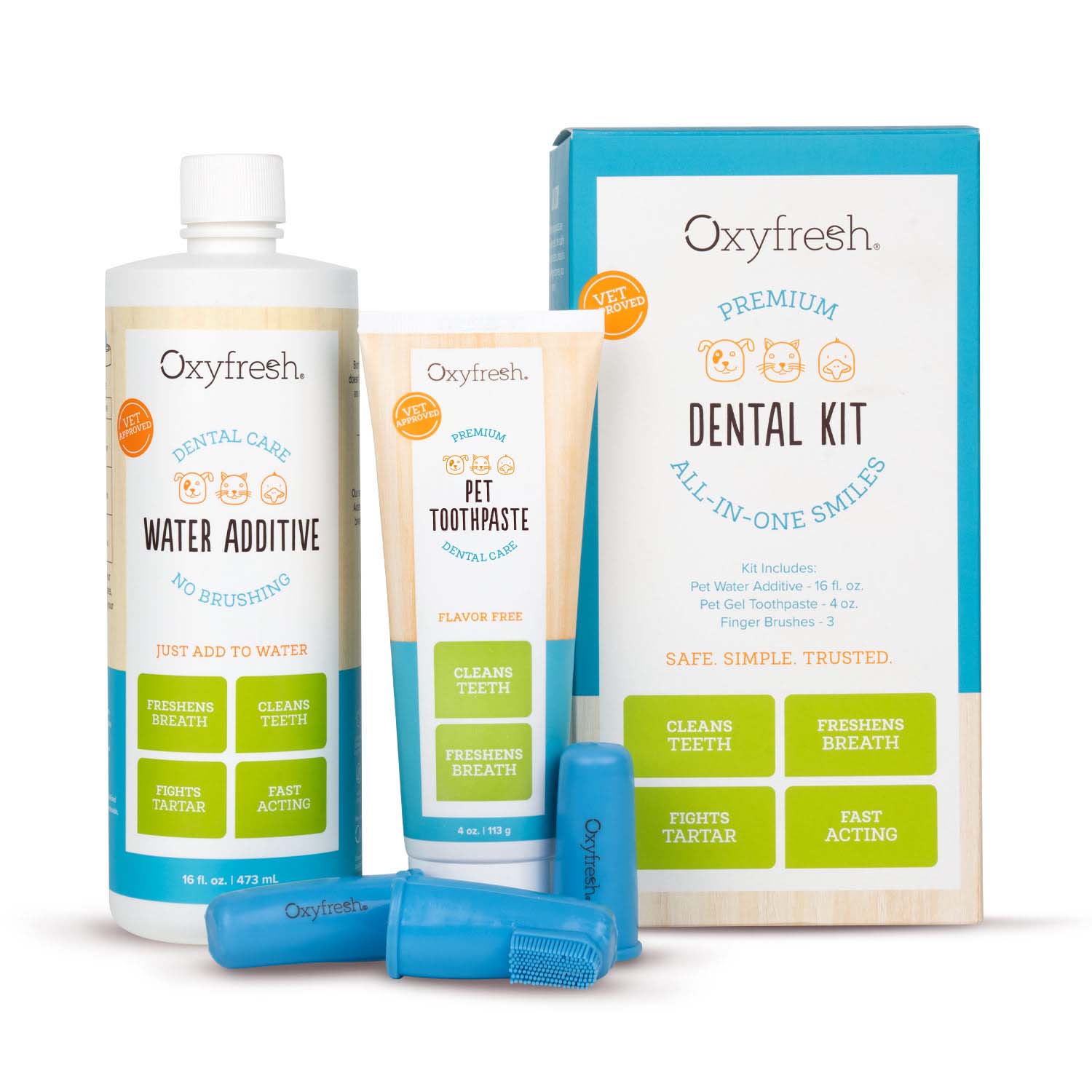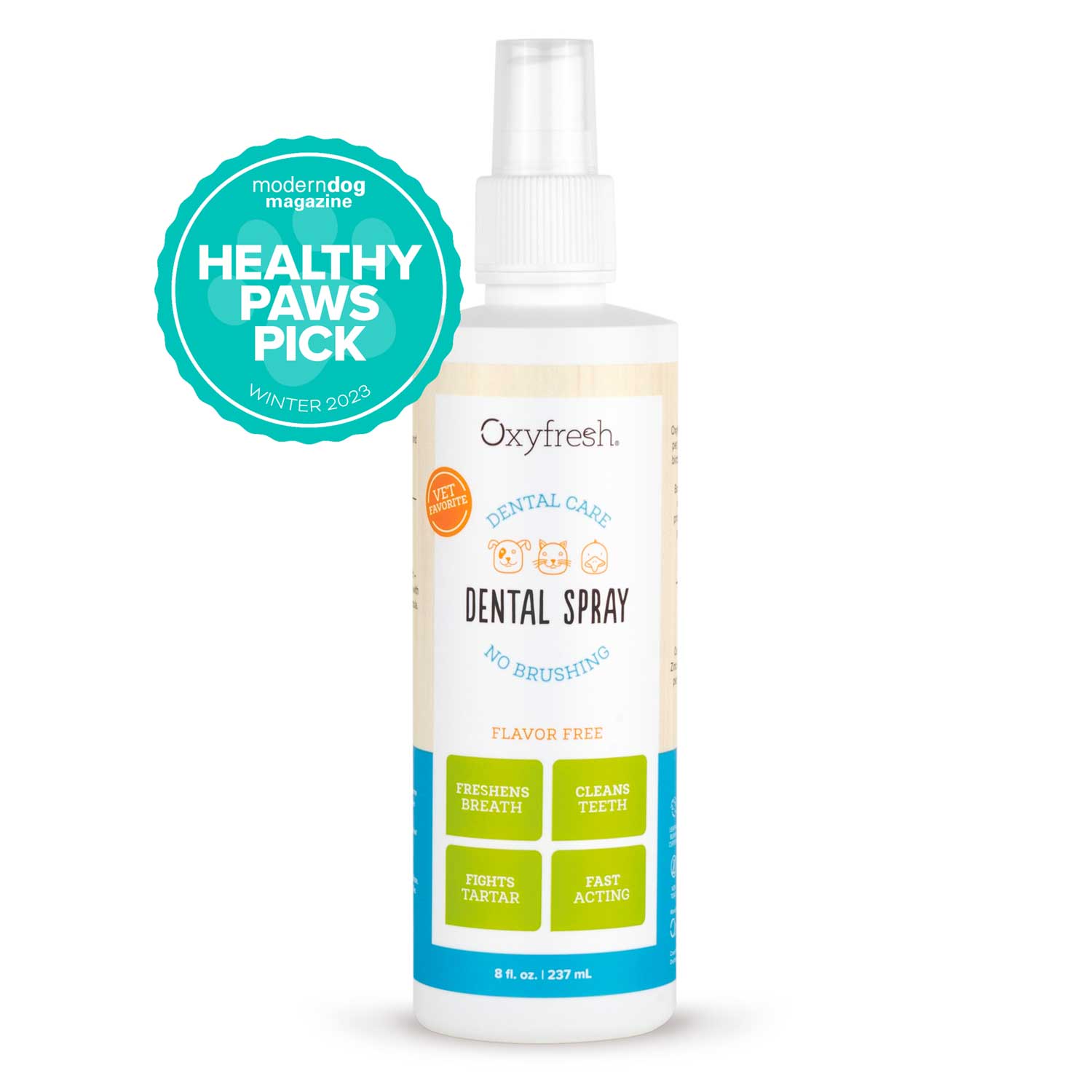Gingivitis. Just the word itself sounds a little scary, especially when it concerns our furry friends. But before you develop a serious case of Google-itis and start playing worst case scenario, relax. We’re going to lay out everything you need to know about gingivitis in dogs, starting with this good-news fact: it’s 100% treatable and easy to prevent, right at home!
What Exactly Is Dog Gingivitis?
Dog gingivitis – defined as inflammation of dog gums – is the first stage of canine gum disease. There are four stages in total, and this earliest stage is completely preventable and easy to remedy. This is HUGE because catching gum disease early can keep things from snowballing into bigger, more expensive, and harder-to-treat oral health problems.
How common is gingivitis in dogs?
By age three, 80% of dogs show signs of gum disease. While small dog breeds are more prone to dental issues due to teeth overcrowding or facial structure, EVERY DOG, no matter their age, breed, or political affiliation, needs regular oral care to help prevent gingivitis. Fortunately, there are easy, at-home solutions to tackle the job, including a genius option for pet parents who don’t want to fuss with a toothbrush! (More on that to come.)
Does Gingivitis Cause Dog Mouth Pain?
Because gingivitis is the mildest stage of gum disease, it does not cause intense pain, but it can cause tender dog gums, especially when eating. Inflammation from gingivitis weakens the attachment of the gums to the surrounding tissue and bone. If it progresses into the later stages of gum disease, where bacterial toxins build up below the gum line, causing tissue destruction and loss of bone, it is EXTREMELY painful for pets. That's why DAILY dental care to fight gingivitis is so vital for our precious doggos.
Dog Breath Stinks? That’s Your Pup Trying to Tell You Something.
Dog gingivitis can creep up slowly, which is why it’s important to spot the early symptoms. Usually, bad dog breath is the first clue of a problem brewing, so don’t blow off stinky dog breath as something "all dogs have." (They don’t!) A dog’s breath shouldn’t have a smell at all, unless they just ate.
Signs of gingivitis in dogs:
- Stinky dog breath
- Swollen or red gums
- Stained teeth
- Thin red line along the dog’s gums
Pro tip: make it a habit to look at your dog’s gums. They should be pale pink to bubble-gum pink in color.
Yikes, My Dog Is Bleeding from the Mouth!
If your dog has gingivitis, their gums might bleed when you brush their teeth or if they’re chewing on a dental toy. (This is the same principle with us humans – if we have gingivitis, our gums often bleed when we floss.) But if you’ve adopted a regular home dental routine, and they are still in the gingivitis stage, the bleeding should go away as the dog’s gums get stronger and healthier.
However, if you’re noticing other signs like changes in eating habits, heavy yellow/brown buildup on your dog's teeth, excessive drooling, or not wanting to be touched around the face, your dog is surely past the gingivitis stage and will need a prompt visit to the vet. Advanced gum disease is serious and can even put a dog’s life at risk.
What Causes Dog Gingivitis?
Gingivitis in dogs is caused by plaque, an invisible slime that forms a few hours after a dog eats. Plaque is made of a smelly trifecta of bacteria, saliva, and food particles. It sticks to the teeth like your dog sticks to you (enthusiastically!), and without intervention – e.g. by toothbrushing or giving a plaque-fighting water additive or pet dental spray – the plaque will mineralize into tartar, aka calculus, in as little as 24-48 hours.
How to get tartar off dog teeth
Plaque we can deal with, no prob – it’s gummy and easy to remove. (A rubber dog dental toy is a fun way to help with this.) It’s tartar that’s the real trouble – that hard, yellow-brown stuff on dog teeth. If the tartar buildup is heavy, it will be impossible to remove it all at home. (And home cleaning cannot reach tartar below the gum line.) A professional dental cleaning where the vet can clean both above and below the gum line will be needed. This makes prevention worth a pound of cure ... and cash!
How to Treat Gingivitis in Dogs
Because the gingivitis stage of gum disease doesn’t involve permanent bone loss, it’s easy to fix it with good oral health habits at home. Toothbrushing is the gold standard, and if you’re keen to try it, bookmark this read for all the tips: How to Brush Your Dog’s Teeth ... Without Losing Your Sanity. (You’ll also want to get your paws on this exclusive Dog Dental Kit, stocked with the essentials to make brushing a breeze ... or at least way less stressful!)
Um, I already know that brushing dog teeth isn't for me!
Hey, no shame in the no-brush game. It’s not for everyone, especially if you have a stubborn dog who does NOT want your fingers in their mouth or runs away when they see you approaching with a toothbrush. We’ve got a solution for you too!
Easiest Way to Keep Dog Teeth & Gums Clean at Home
If trying to brush your dog’s teeth has turned into a battle of wits, it’s time to discover the easy, no-brush solution that thousands of dog parents swear by: Oxyfresh Premium Pet Dental Care Water Additive. Just add to your dog’s water bowl and you’re good to go!
Unlike other water additives, this picky-pet-approved product is 100% free of flavors. No off-putting mint, fussy green tea, or weird meaty flavors. (What good is a dental water additive if the dog won’t drink it?!) But that’s just the start of what makes this dog dental solution so special:
Why Oxyfresh is top dog in stopping gingivitis in dogs at home
- Plaque-fighting superpowers: Only Oxyfresh pet dental products contain proprietary Oxygene®, a non-toxic oxidizer PROVEN to target plaque- and bad breath-causing bacteria right at the source. Stopping plaque is the key to helping prevent dog gingivitis and tartar buildup.
- Hello, fresh dog breath: We don’t believe in MASKING bad dog breath; our fast-acting solution targets bad breath compounds at the bacterial source, on contact, for instant breath-freshening protection with every drink of water.
- Dogs are wild about it: Completely tasteless and odorless so dogs won’t even know it’s in their water bowl. And that’s the best news ever for the runners who hate toothbrushing!
No-Fuss Solution for Stronger Dog Gums? Your Pooch Will Drink to That!
Stopping dog gingivitis in its tracks – or better yet, preventing it altogether – is the key to a happy, healthy pup and star checkups at the vet. And Oxyfresh Pet Dental Water Additive makes it so easy! Seriously, just add to your dog’s water bowl each day and you’re good to go. Try some today and toast to your dog’s fresh breath and stronger gums!


